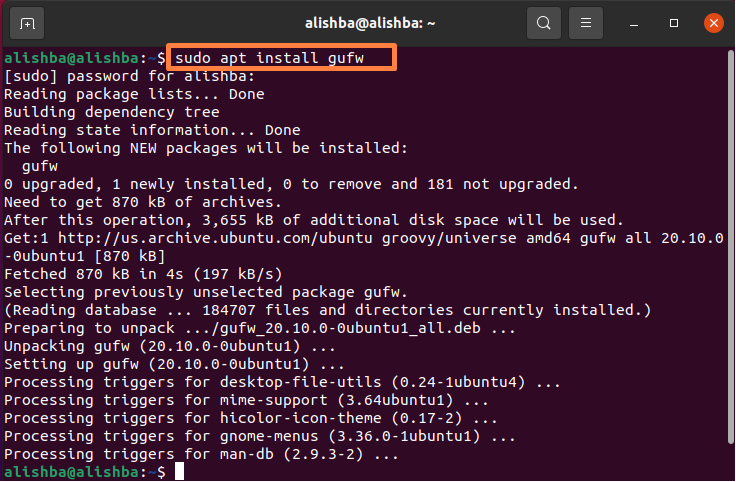Hey Linux Lovers,
Welcome to this comprehensive guide on how to disable the firewall on your Linux system. A firewall is a critical security tool that protects your computer from unauthorized access. However, in certain situations, you may need to temporarily or permanently disable it. In this article, we will explore various methods to disable the firewall in Linux, catering to different distributions and firewall configurations.
How Firewalls Work in Linux
Firewalls operate by filtering incoming and outgoing network traffic based on a set of rules. They can block unauthorized connections, detect and prevent malicious activity, and protect your system from vulnerabilities. Linux systems typically use iptables, a powerful firewall tool, to manage firewall rules.
Methods to Disable Firewall in Linux
Now, let’s dive into the methods to disable the firewall in Linux:

Source saigontechsolutions.com
Disabling Firewall Using GUI (Graphical User Interface)
-
System Settings: In many Linux distributions, you can disable the firewall through the system settings. Go to “System Settings” or “Control Panel,” locate the “Firewall” option, and toggle it to “Off.”
-
Firewall Manager: Some distributions provide dedicated firewall manager tools. For example, in Ubuntu, you can use the “UFW Firewall Manager.” Run the command “sudo ufw disable” to turn off the firewall.
Disabling Firewall Using Command Line
- iptables: Directly interact with the iptables firewall using the command line. Run the following command to disable the firewall:
sudo iptables -F
sudo iptables -X
- systemctl: Use the systemctl command to manage firewall services. For example, in Red Hat-based distributions, run:
sudo systemctl disable firewalld
sudo systemctl stop firewalld
Disabling Firewall Temporarily
Sometimes, it’s useful to disable the firewall temporarily for troubleshooting or specific tasks. To do this:
- Using iptables: Run the following command to flush the iptables rules and allow all traffic:
sudo iptables -F
- Using UFW: Enter the following command to disable the firewall for a set duration:
sudo ufw disable [time-in-seconds]
Re-enabling the Firewall
Once you have completed your tasks, it’s essential to re-enable the firewall to protect your system. Use the same commands mentioned above, but replace “disable” with “enable.”
Table: Firewall Disable Methods
| Method | Command |
|---|---|
| GUI (System Settings) | [Distribution-specific] |
| GUI (Firewall Manager) | sudo ufw disable |
| Command Line (iptables) | sudo iptables -F; sudo iptables -X |
| Command Line (systemctl) | sudo systemctl disable firewalld; sudo systemctl stop firewalld |
| Temporary Disable (iptables) | sudo iptables -F |
| Temporary Disable (UFW) | sudo ufw disable [time-in-seconds] |
Conclusion
In this article, we explored various methods to disable the firewall in Linux. Disabling the firewall can be useful for troubleshooting, specific tasks, or temporarily allowing more network traffic. However, remember to re-enable the firewall promptly to ensure the security of your system. For more in-depth information on Linux firewall management, check out our other articles:
FAQ about “linux how disable firewall”
1. How to disable the firewall on Linux?
sudo ufw disable
2. How to check if the firewall is disabled?
sudo ufw status
3. How to enable the firewall again?
sudo ufw enable
4. How to permanently disable the firewall?
sudo systemctl disable ufw
5. How to permanently enable the firewall?
sudo systemctl enable ufw
6. What is the difference between ufw and firewalld?
ufwis a simple firewall configuration tool for iptables.firewalldis a more advanced firewall configuration tool that uses the nftables backend.
7. Which firewall configuration tool should I use?
If you are not sure which firewall configuration tool to use, ufw is a good option for most users.
8. How to add a rule to the firewall?
sudo ufw allow <port>
9. How to remove a rule from the firewall?
sudo ufw delete <rule number>
10. How to flush all firewall rules?
sudo ufw reset
